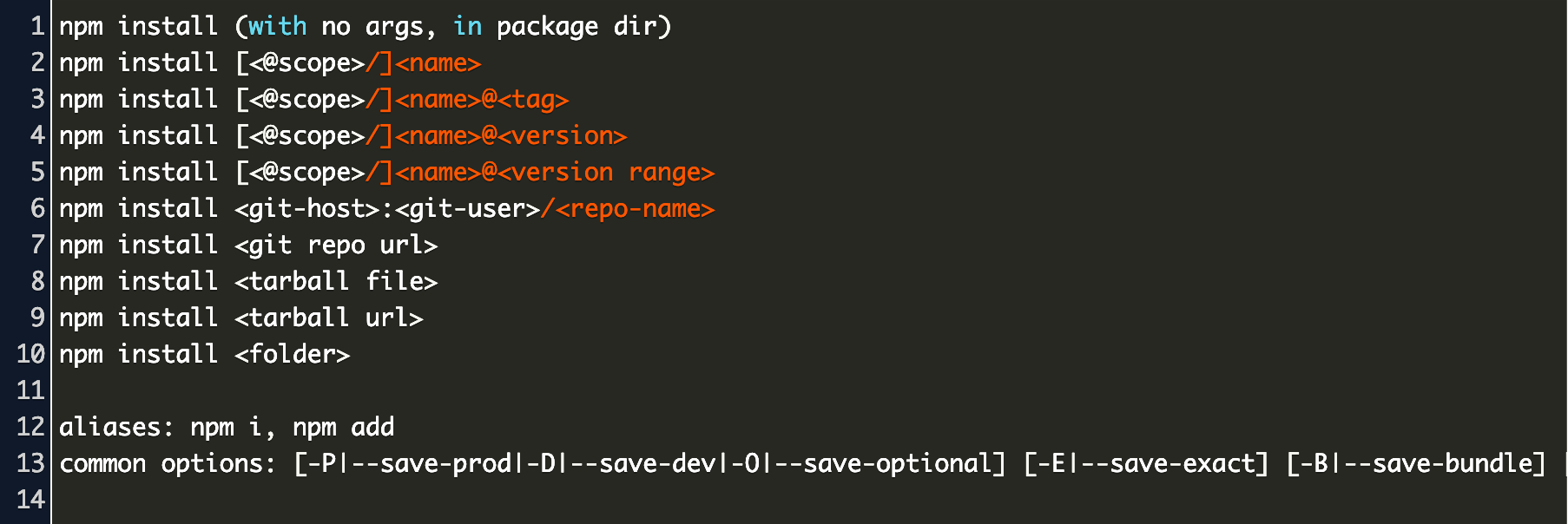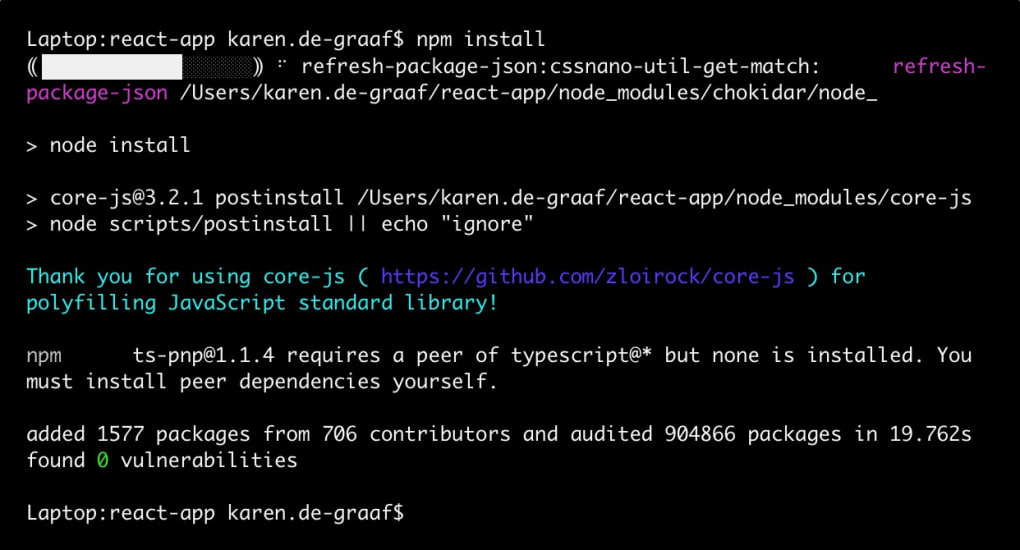
sudo apt update & sudo apt install -y curl Install Node.js using NodeSource You may need to install the curl package before proceeding further. So, follow any one of the methods you think is easier to install Node.js. You can install Node.js using NodeSource, NVM, and Debian repository. Here, we will see how to install Node.js on Debian 11. Node.js uses an event-driven, non-blocking I/O model that makes it lightweight and efficient, perfect for data-intensive real-time applications that run across distributed devices. Less-common operating systemsįor more information on installing Node.js on a variety of operating systems, see this is an open-source, cross-platform JavaScript runtime environment for developing server-side applications. Or see this page to install npm for Linux in the way many Linux developers prefer.

If you're using OS X or Windows, use one of the installers from the Node.js download page. If you use Linux, we recommend that you use a NodeSource installer. If you are unable to use a Node version manager, you can use a Node installer to install both Node.js and npm on your system. Using a Node installer to install Node.js and npm Node version managers allow you to install and switch between multiple versions of Node.js and npm on your system so you can test your applications on multiple versions of npm to ensure they work for users on different versions.

Npm -v Using a Node version manager to install Node.js and npm


 0 kommentar(er)
0 kommentar(er)
